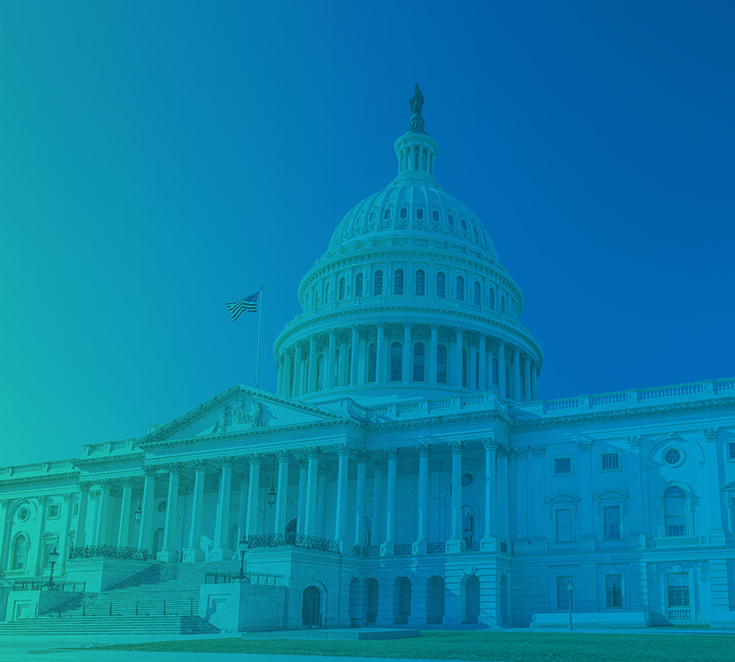The Washington Post-- Damian Paletta
The White House on Thursday for the first time said it was requiring the Federal Reserve and other independent agencies to submit new guidelines for review, a controversial step that has long been a goal of conservative groups.
The Fed and other agencies already have to publicly issue proposals, guidelines and rules, but they have not been required to first submit all of their regulatory guidelines and even “general statements of policy” to the White House. Importantly, the new restrictions would not apply to the Fed’s actions as it pertains to setting interest rates, but it would apply to many of its other functions, particularly bank regulation.
The step could have the effect of nullifying or blocking a range of new regulatory initiatives, and it could have blocked guidelines issued by the Fed and other bank regulators in 2013 that sought to limit the amount of risky corporate loans issued by banks.
The increased scrutiny would also apply to other agencies and issues, including the Securities and Exchange Commission, the Consumer Product Safety Commission, the Federal Election Commission and the Commodity Futures Trading Commission.
Although the chairmen of these agencies are often appointed by the president and confirmed by the Senate, their policies are established by the vote of a commission with bipartisan membership. And, unlike agencies such as the Treasury Department whose leadership reports directly to the president, historically the White House has not had authority over their actions.
But in a memo on Thursday, Russell Vought, the acting director of the White House Office of Management and Budget, instructed all federal agencies to submit a range of proposals to the White House so that a determination could be made as to whether they are “major” or “minor.”
If the proposals or guidance are deemed “major,” they will also need to be submitted to Congress for review, which would slow the process down significantly and give Congress the power to vote to block any plan, under powers granted through the Congressional Review Act.
“In our system of separation of powers, agencies may prescribe rules only insofar as they have statutory authority delegated to them by Congress,” Vought wrote.
A regulation is considered “major” if it has an annual impact on the economy of $100 million or more, could increase costs for consumers or businesses, or adversely impact competition. If a regulation is determined to be “minor,” then it would not be subject to congressional review.
Previously, Congress was only able to apply the CRA to rules, not guidance, but the OMB memo would attempt to change that.
Regulators enforce rules through a variety of mechanisms. The most formal approach is by proposing and writing rules, which often seek public feedback. Rules are typically already subject to the CRA, and Republicans moved in 2017 to invalidate a number of rules with votes in the House and Senate. Regulators can also issue guidance, which stops short of a formal “rule” but is viewed as a powerful step. The Fed has issued guidance a number of times, seeing it as an effective way to send signals to banks and other companies about expectations.
Giving the White House the power to subject an agency’s guidance to congressional review would give the Trump administration much more influence over how the Fed and other agencies interact with businesses.
Vought’s letter describes the new White House requirements as being consistent with its powers under the CRA.
While the letter doesn’t single out any particular agency for particular scrutiny, the Fed could be one of the most controversial government institutions to face oversight.
A Fed spokesman declined to comment.
The Fed is the United States’ central bank, a government agency that has broad powers to set interest rates and regulate banks. Even though the Fed’s chairman and governors are nominated by the White House and confirmed by the Senate, they often try to escape politics and avoid congressional interference.
Trump, however, has taken a much more adversarial approach to the Fed in recent months, attacking Fed Chair Jerome H. Powell and saying he would nominate two political supporters — Herman Cain and Stephen Moore — to the Fed’s board.
While the new OMB review has been in the works for a long period of time, it coincides with a push by the White House to dramatically increase pressure on the central bank and make it more accountable to political leaders.
Conservatives have sought for the White House, through its Office of Information and Regulatory Affairs, to crack down on independent and other federal agencies for years. Vought is a veteran of the Heritage Foundation, which has played a lead role in calling for this change. Their view is that regulators are given too much power to impose restrictions that harm economic growth, among other things, and there should be political curbs on this power.
Vought’s memo appears to stop short of the most sweeping proposal that some conservatives have long sought, which would give the White House the singular power to block any proposal from the Fed and other agencies if political leaders didn’t like it. But the memo could be seen as a step in that direction.
The 15-page memo doesn’t stipulate what would happen if a federal agency refused to submit proposed guidelines to the White House for review.
“What we don’t know is what happens if regulators don’t” comply with the memo, said Douglas Holtz-Eakin, former director of the Congressional Budget Office and a Republican economist. “What if they tell the White House to pound sand?”
Guidance that the Fed, Federal Deposit Insurance Corp., and Office of the Comptroller of the Currency issued in 2013 regarding risky corporate lending has proved particularly controversial and could become a target of the White House’s efforts. Banks and Republicans have already tried to nullify it amid a push to originate more risky loans.
Following an inquiry from Sen. Patrick J. Toomey (R-Pa.) in early 2017, the Government Accountability Office ruled that the 2013 guidance should have instead been issued as a rule, making it subject to CRA.
After that, the bank regulators said they would not enforce the guidance against banks in a formal manner, and banks responded by dramatically increasing the amount of “leveraged loans” they issued to corporate borrowers.
Now, a number of regulators and even some bankers have said the large levels of leveraged loans in the economy could pose a risk and make the next recession more damaging.
The leveraged lending guidance was the focus of a Washington Post front-page article on Sunday.
The Fed and other regulators have issued guidance on other matters in recent years as a way to alert banks to expectations for behavior. These include accounting rules, compliance with stress tests and other measures for gauging risky behavior.




